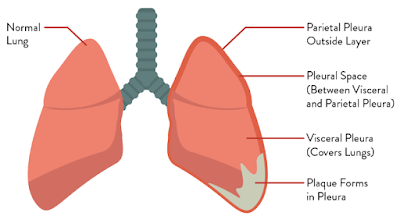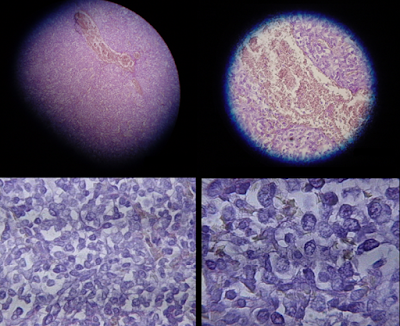In the late 19th century and early 20th century, asbestos was considered an ideal material for use in the construction industry. It was known to be an excellent fire retardant, to have high electrical resistance, and was inexpensive and easy to use.
The dangers related to asbestos arise mainly when the fibers become airborne and are inhaled. Because of the size of the fibers, the lungs cannot expel them. These fibers are also sharp and penetrate internal tissues.







